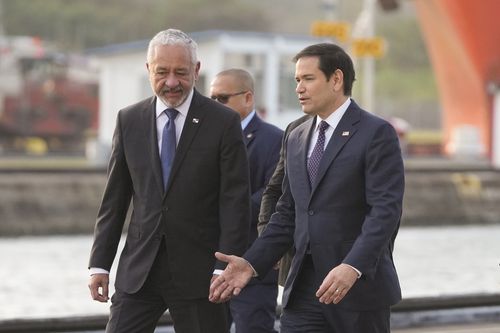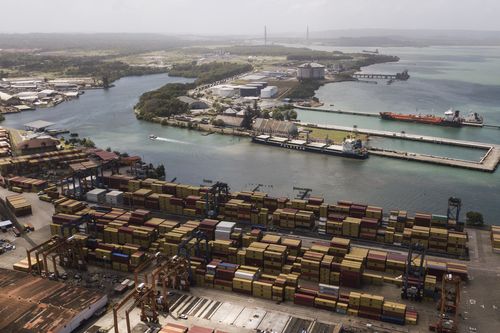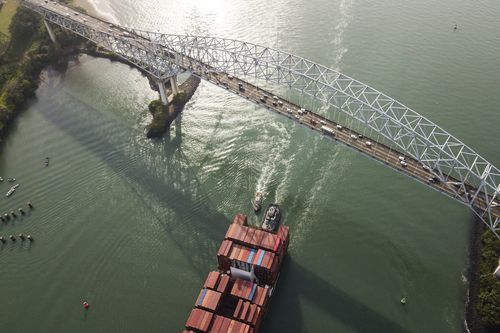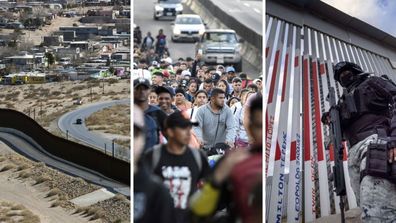The government of Panama has firmly rejected any notion that China is wielding undue influence over the 100-year-old waterway.
But after talks with US Secretary of State Marco Rubio last weekend, the president of Panama, José Raúl Mulino, announced the Central American country would no longer take part in Beijing’s Belt and Road Initiative, a major infrastructure agreement.

So what is the Panama Canal, why is it important, and what would disruption in the area mean for Australia?
Here is what you need to know.
What is the Panama Canal?
Before the canal’s completion, ships travelling between the east and west coasts of the Americas would have to sail around Cape Horn, on the southern tip of South America, adding thousands of kilometres and several months to their journeys.
The US-built canal was opened in 1914 and controlled by the United States until a 1977 agreement provided for its eventual handover to Panama.
The 80km-long canal was jointly operated by both countries until the Panamanian government retained full control after 1999.
About 6 per cent of global maritime trade and 40 per cent of US container trade today passes through the artificial waterway.

What are Trump’s concerns, and are they accurate?
Trump has accused Panama of charging the US “exorbitant rates” to use the canal and hinted at growing Chinese influence over the crucial waterway.
He also suggested the US should retake the Panama Canal.
Australian maritime security expert Jennifer Parker told 9news.com.au that while the US president’s comments were false, he had legitimate reasons to be concerned.
“They (US) do have treaties in place with Panama, including a treaty of neutrality, and they’re right to be concerned about Chinese influence in Panama.”
She pointed to the fact two companies from mainland China and Hong Kong have taken control of vital port operations on the canal.

One of them, Hong Kong-owned CK Hutchison Holdings, holds concessions to operate the ports of Balboa and Cristobal, the canal’s major Pacific and Atlantic entrances.
Under Chinese law, companies, including Hong Kong businesses, can be compelled to help the central communist government.
“Because of the national security laws passed in 2020, the Chinese government can exercise a great deal of influence over Hong Kong-owned companies, if it chooses to do so.
“This can include intelligence gathering.
“This means that even though China does not directly control the Panama Canal, it still holds major influence at both its Pacific and Atlantic entrances.”
Trump’s grumbles about slowing transit times for US Navy ships through the canal was due to drought which reduced its water levels, and has nothing to do with China.

In Pictures: How the US-Mexico border is changing under Donald Trump
What does this mean for Australia?
Although only a small amount of Australia’s maritime trade travels through the Panama Canal, disruptions to the waterway would have an impact on the price of goods here, Parker said.
She points to the knock-on effect to the Australian economy last year when Houthi rebels disrupted maritime trade in the Red Sea by attacking freight ships.
In addition to shortages of some goods for Australian consumers, the Reserve Bank of Australia warned higher freight goods helped fuel inflation.
“Global trade is a system that is connected across the world,” Parker said.
“What that means is if you get a significant disruption in one area, although your direct trade may not go through that area, the change the disruption causes will cause backlogs in other areas.”
Parker says the current debate over the Panama Canal is also a reminder of how Chinese state and non-state companies have influence or ownership across key infrastructure in the Pacific and other parts of the world.
“It does allow them to control key infrastructure and trade results.”
– With Associated Press and CNN







